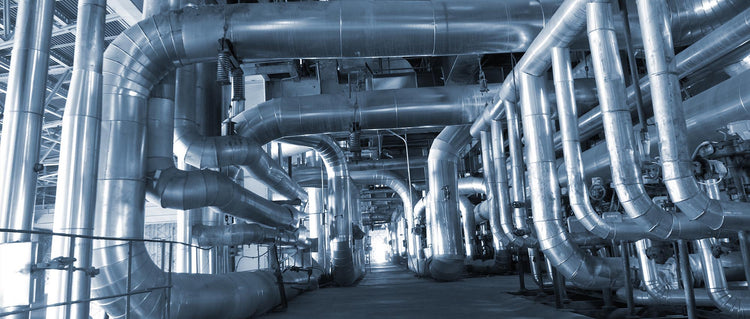Introduction
Stainless steel is a cornerstone in various industries due to its robustness and versatility, spanning applications from construction to cookware. In South Africa, understanding the differences among the four main types of stainless steel is essential for selecting the right type for specific needs, enhancing durability and efficiency in applications.
Key Insights into Stainless Steel Types
The world of stainless steel is diverse, with each type offering unique properties and advantages:
-
Austenitic Stainless Steel: Known for its superb corrosion resistance and formability, it is typically used in kitchen appliances and marine settings.
-
Ferritic Stainless Steel: Recognized for good corrosion resistance and magnetic properties, this type is suited for automotive exhaust systems and industrial machinery.
-
Martensitic Stainless Steel: Distinguished by its hardness and strength, it is ideal for knife blades and medical instruments.
-
Duplex Stainless Steel: This type combines the qualities of austenitic and ferritic stainless steels, providing enhanced strength and corrosion resistance, making it ideal for harsh chemical and oil & gas industries.
Deep Dive into Stainless Steel Types
Understanding each stainless steel type helps in selecting the best fit for specific applications. Here’s a detailed look at each type:
1. Austenitic Stainless Steel
Characteristics:
-
High levels of chromium and nickel.
-
Excellent corrosion resistance and formability.
-
Non-magnetic with high temperature endurance. Common Grades:
-
304: Ideal for kitchen equipment due to its resistance and workability.|
-
316: Contains molybdenum, enhancing its suitability for marine environments with higher corrosion resistance.
Applications:
-
Widely used in food processing equipment, kitchen appliances, and architectural trim.
2. Ferritic Stainless Steel
Characteristics:
-
High chromium, low carbon content.
-
Good corrosion resistance and magnetic properties.
-
Less ductile than austenitic stainless steel. Common Grade:
-
430: Used in appliances and automotive applications where moderate corrosion resistance is sufficient.
Applications:
-
Common in automotive parts, industrial equipment, and interior architectural features.
3. Martensitic Stainless Steel
Characteristics:
-
Higher carbon content than other types.
-
Magnetic and can be heat-treated for enhanced strength. Common Grades:
-
410 and 420: Known for toughness and used in cutlery and surgical instruments.
Applications:
-
Suitable for high-strength applications like turbine parts, cutlery, and medical instruments.
4. Duplex Stainless Steel
Characteristics:
-
Mix of austenitic and ferritic structures.
-
High strength and excellent resistance to stress corrosion cracking. Common Grades:
-
2205 and 2507: Offer robust performance in challenging environments.
Applications:
-
Frequently used in the chemical industry, oil & gas operations, and marine applications.
Expert Advice and Quality Assurance
National Stainless Steel Centre (NSSC) in South Africa ensures the highest quality of stainless steel, catering to both standard and customised requirements. As a BBBEE Level 3 and ISO TUV 9001 certified supplier, NSSC provides top-tier products and cutting-edge services, including precision laser cutting.
Conclusion
Each type of stainless steel serves a unique purpose across different industries, driven by its distinct properties. By understanding these types, businesses can optimize their material selection for enhanced performance and cost-efficiency. National Stainless Steel Centre stands ready to provide expert guidance and high-quality stainless steel solutions tailored to diverse industrial needs.
Frequently Asked Questions
1. What are the four main types of stainless steel?
The main types are Austenitic, Ferritic, Martensitic, and Duplex, each suitable for different applications based on their properties.
2. Why is Austenitic stainless steel so popular?
It offers excellent corrosion resistance and formability, making it ideal for a wide range of applications, including kitchenware and marine equipment.
3. Where is Ferritic stainless steel typically used?
It is used in applications where moderate corrosion resistance is sufficient, such as in automotive exhaust systems and some architectural applications.
4. What distinguishes Martensitic stainless steel?
It is known for its hardness and ability to be heat-treated, suitable for cutlery and surgical instruments.
What are the advantages of Duplex stainless steel? Duplex stainless steel offers high strength and excellent corrosion resistance, making it ideal for harsh environments like chemical processing facilities.

